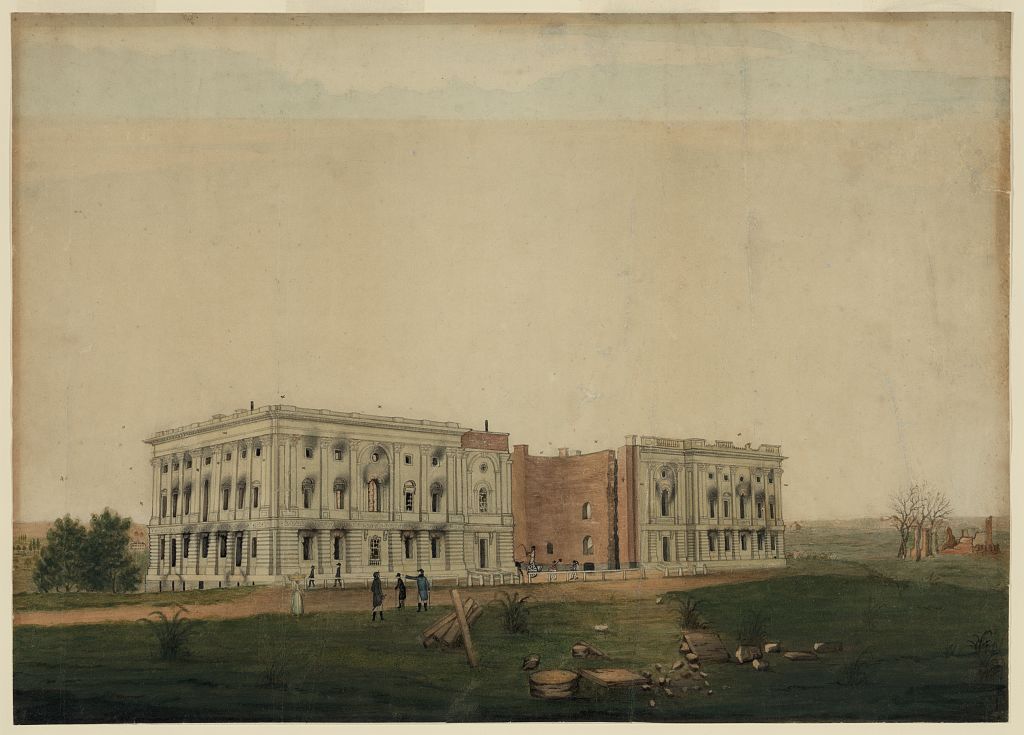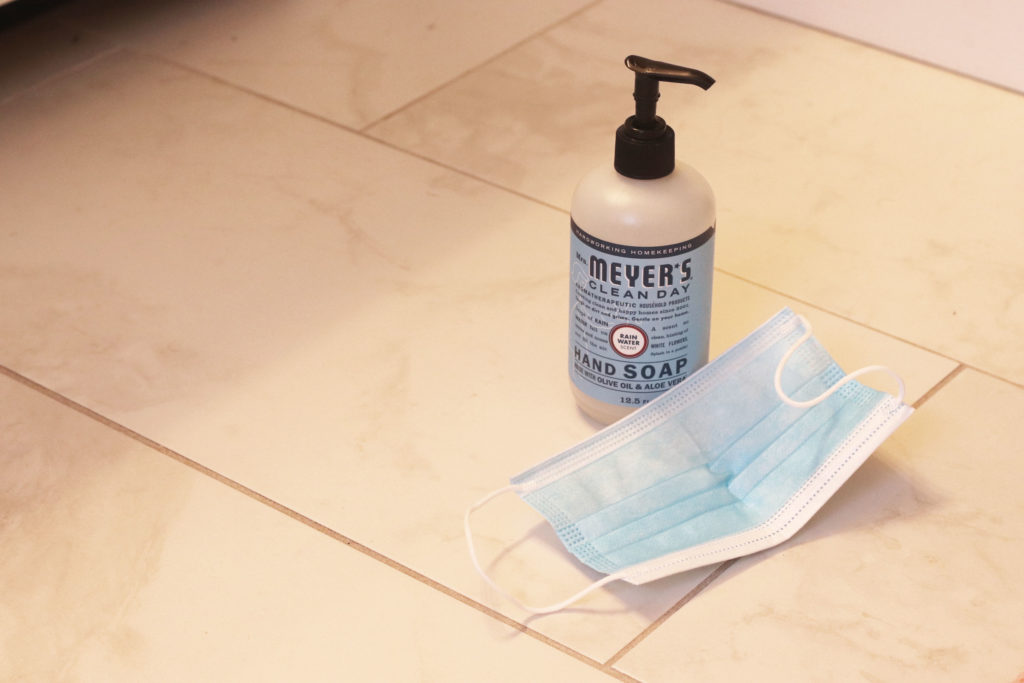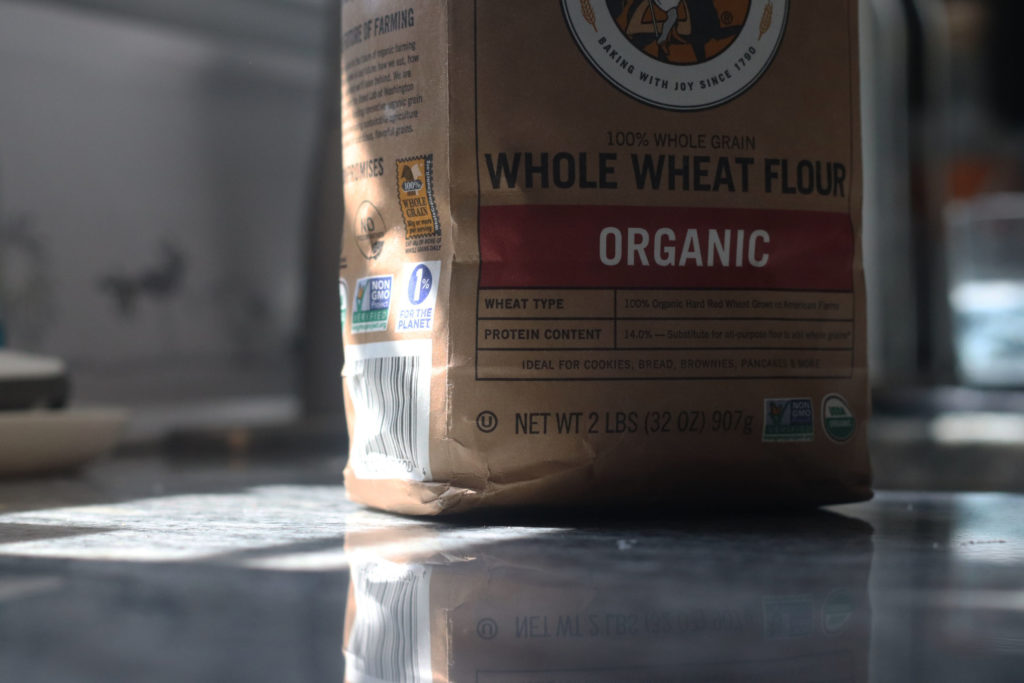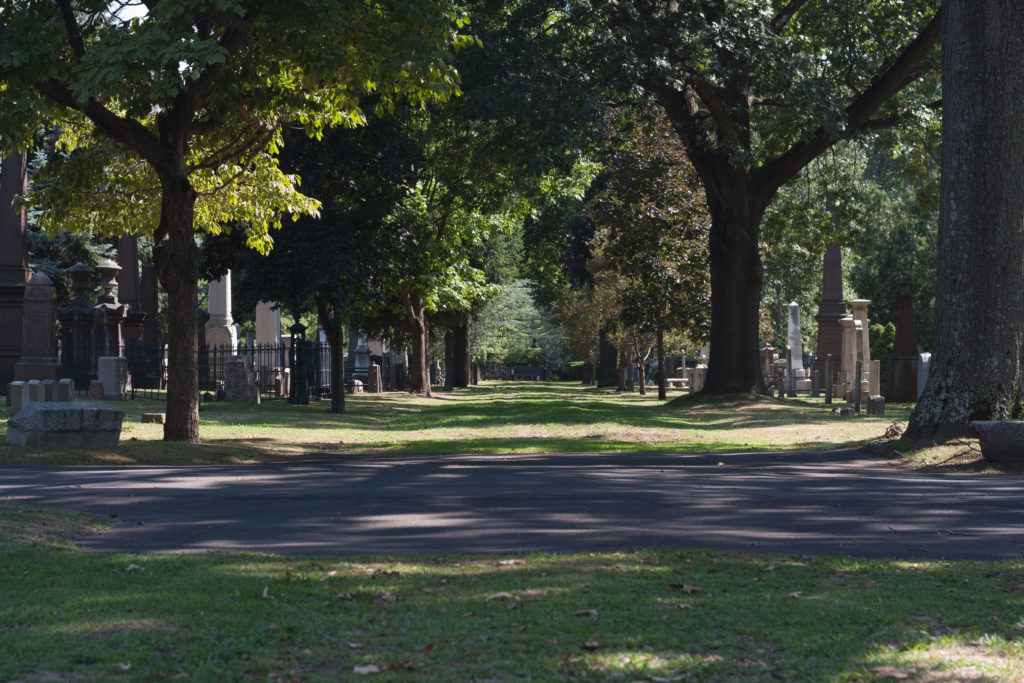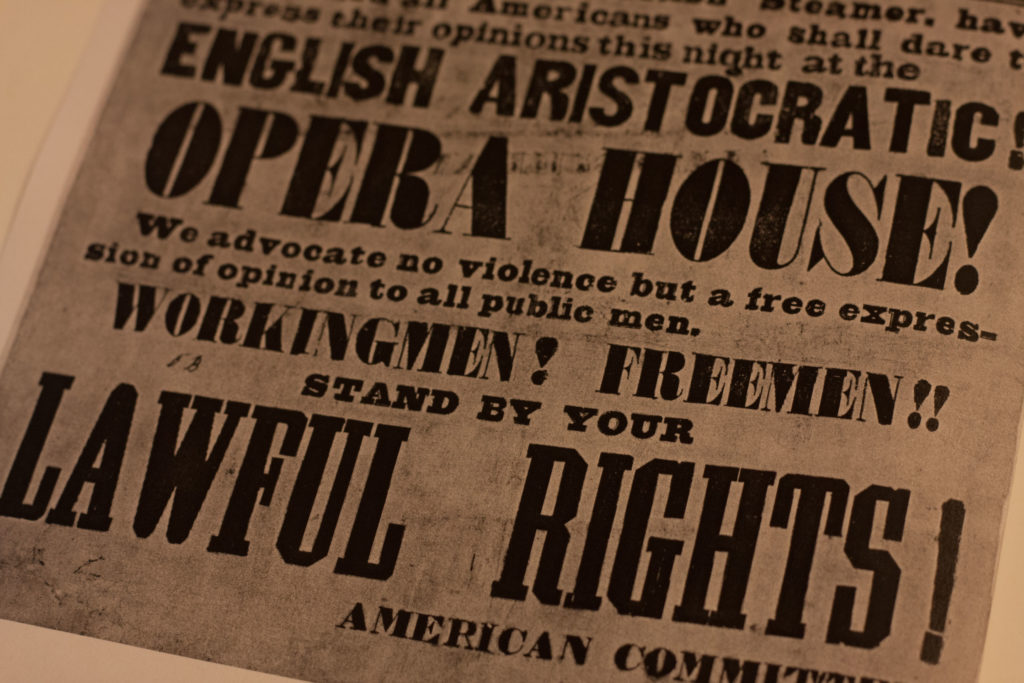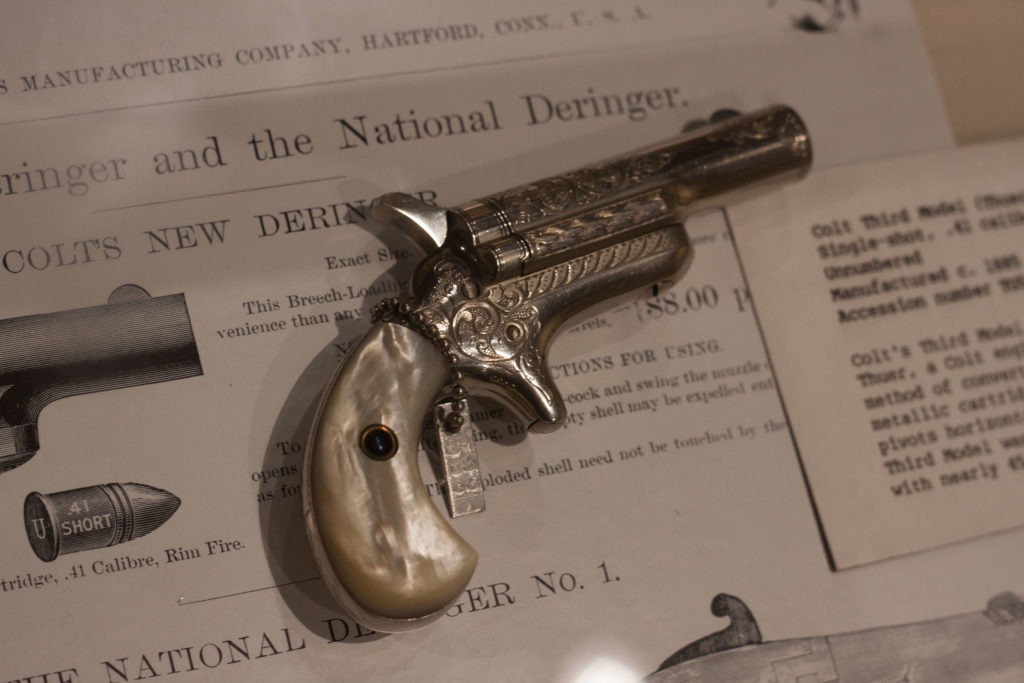Have a drink with: The West Point Cadets of 1826
Cold cuts, eggnog, muskets.
Ask them about: really aggressive wassailing

“1408. No cadet shall drink, nor shall bring, or cause to be brought, into either barracks or camp, nor shall have in his rooms or otherwise in his possession, wine, porter, or any other spiritous or intoxicating liquor; nor shall go to any inn, public house, or place where any of those liquors are sold, without permission from the Superintendent, on pain of being dismissed the service of the United States.”
Article 78, General Regulations for the Army, 1825
No one was really looking forward to Christmas at West Point in 1826. While in past years there had been a blind eye towards a nip on Christmas or July Fourth, in 1826 everyone was painfully aware that superintendent Lt. Colonel Sylvanus Thayer intended to put a solid end to any holiday drinking, and had forbidden not only alcohol in the cadet corps but tobacco and cards as well. Staff were on sharp lookout for any smuggled wine or whiskey.
Just a couple days before Christmas, the cadets decided to celebrate the holiday in a warmer, more festive manner than Thayer had in mind: with an eggnog party in the wee hours of Christmas Day. Three cadets collected contributions from their dormitory mates and, with civilian overcoats over their uniforms, they quietly headed to Martin’s Tavern, across the river near present-day Peekskill. Bribing the cadet at the dock for use of a skiff, they returned with two gallons of alcohol and the firm resolution that “there’ll be a good Christmas at West Point this year.” Nor were they the only cadets to visit local taverns for supplies.
